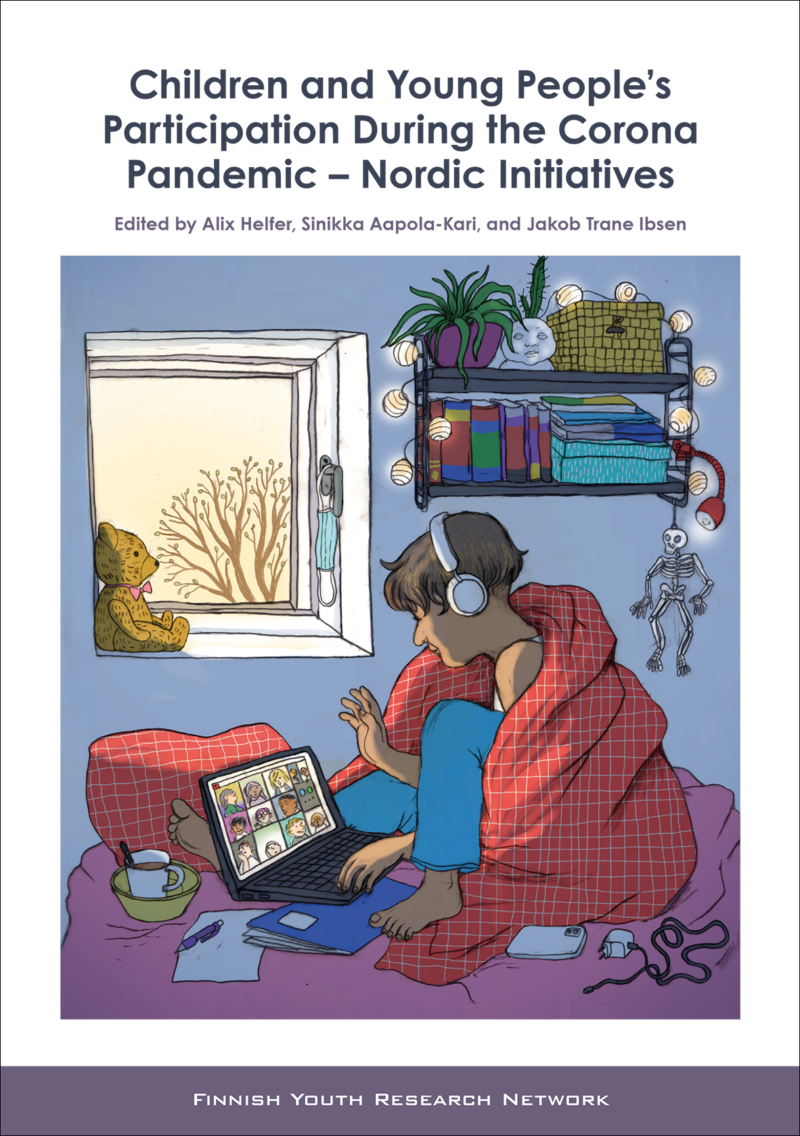Several necessary restrictions and measures were implemented across the Nordic region to protect the population during the COVID-19 pandemic. Many children and young people have suffered because of these restrictions. In most Nordic countries, schools and cultural and recreational activities have been entirely or partially closed for long periods, and many services related to healthcare and welfare have become less accessible. These activities and services are important for children and young people’s quality of life. In some areas, however, the restrictions may have also made everyday life simpler for some. The experiences of the first few lockdowns seem to differ from those that came later. There are differences between children and youth based on their age, gender, ethnicity, and their socioeconomic status.
This report explores the situation of children and young people during the pandemic and their place within different Nordic countries’ governmental strategies, both at the central and regional levels. The purpose is to gain new comprehensive knowledge on what strategies and measures the Nordic countries implemented during the pandemic to ensure children and young people’s participation and influence in school and leisure time, consistent with the UN Convention on the Rights of the Child (Article 12). Another report will follow by the same research team on the current research being conducted concerning the participation in education and leisure of children and young people during the COVID-19 pandemic (Helfer et al., forthcoming 2023). Both reports focus on school-aged children and young people up to 25 years of age.
- Kategoria:
- Verkkojulkaisu
- Julkaisuvuosi:
- 2023
- Julkaisun numero:
- Internet publications 177
- ISSN:
- 1799-9227
- ISBN:
- 978-952-372-044-2
- Ulkoasu:
- Sivumäärä:
- 161 p.

